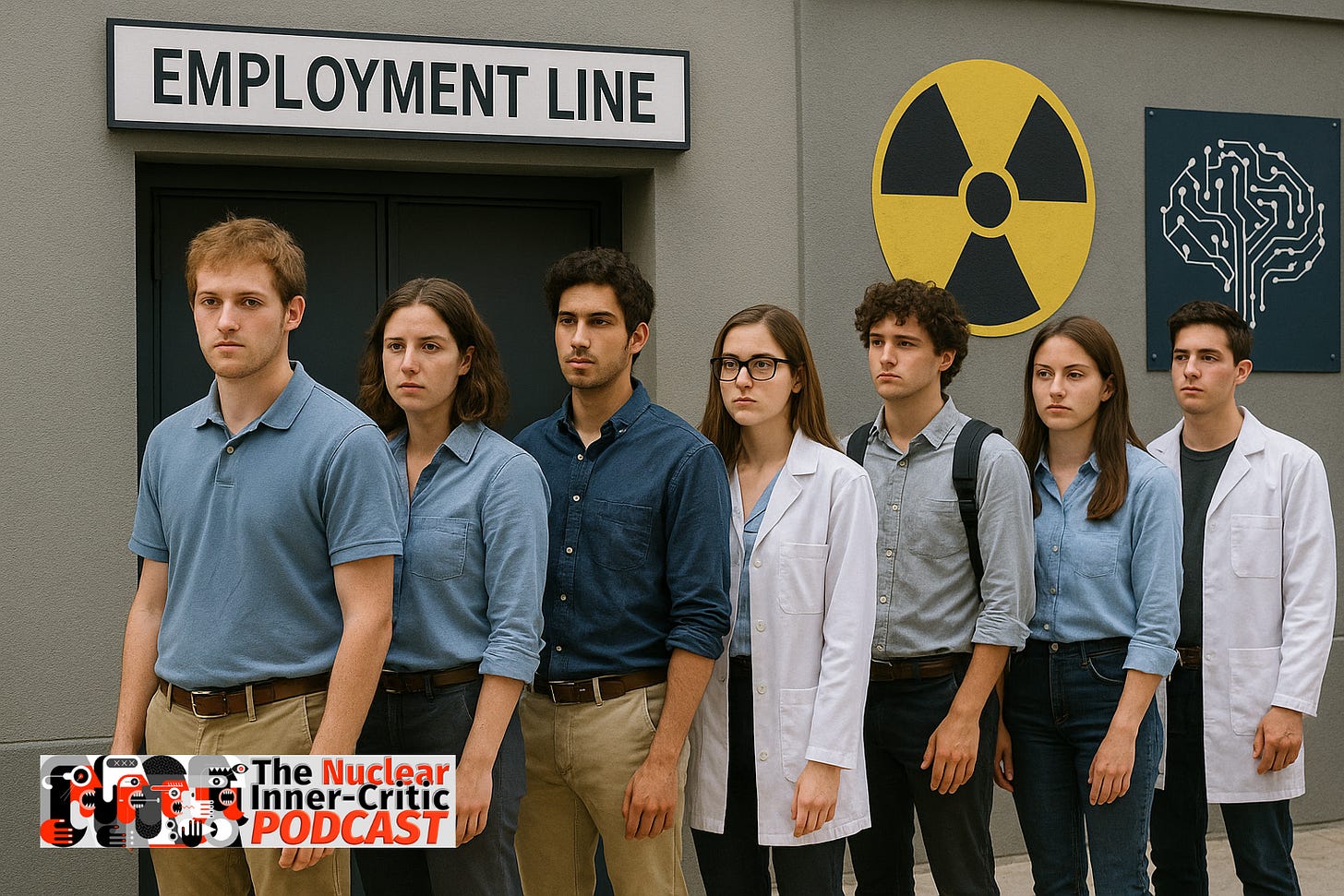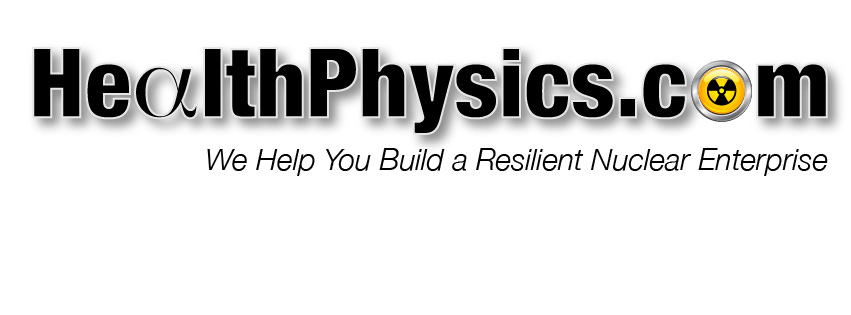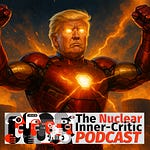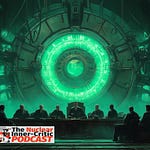Executive Summary
Amid the rising urgency of climate change and geopolitical energy instability, nuclear energy is re-emerging as a leading contender in the race toward carbon-free power. With support from both political parties, soaring investment from the private sector, and a wave of technological breakthroughs, the United States appears poised to reclaim leadership in global nuclear innovation.
Yet beneath the momentum lies a structural weakness that threatens to undermine the entire effort: a critical shortage of trained nuclear professionals. In the rush to modernize regulation, deploy small modular reactors, and turbocharge innovation with artificial intelligence, the most foundational element of nuclear energy—a robust and capable workforce—is being dangerously overlooked.
The Illusion of Progress: Politics and Permitting
President Donald Trump has enthusiastically embraced a nuclear revival, issuing executive orders to fast-track licensing timelines and dismantle barriers to reactor construction. New permitting targets require the Nuclear Regulatory Commission to approve new builds within 18 months and license renewals within 12. The administration aims to construct 10 reactors by 2030 and quadruple the country's nuclear capacity by 2050. Industry groups hailed the moves as long-overdue remedies to bureaucratic paralysis.
But these changes bring unintended risks. As reported by Reuters, safety experts and former regulators warn that compressing the licensing process may strain the NRC’s ability to thoroughly evaluate next-generation reactor designs, some of which are dramatically different from traditional light-water reactors. Independent oversight is being reshaped under political pressure, with NRC Commissioner Christopher Hanson fired and staffing levels facing cuts under the Department of Government Efficiency's downsizing program.
The danger is clear: without adequate personnel to review, inspect, and enforce nuclear regulations, accelerated timelines could backfire, allowing flawed designs or operational shortcuts to slip through unchecked.
The Silent Workforce Crisis
Behind the scenes, a more insidious challenge looms. The U.S. nuclear workforce is aging. As reactors retire, so too are the technicians, engineers, and inspectors who built and managed them. According to experts cited in Reuters, NRC retirement rates mirror those across the broader industry. Yet no comprehensive national strategy exists to replace them.
Efforts to build new plants are outpacing the human capacity to support them. The Nuclear Company, a Kentucky-based startup, aims to deploy proven reactor models, such as Westinghouse’s AP1000, to improve project timelines. CEO Jonathan Webb lamented that workers on nuclear job sites are only 20% productive due to the time-consuming nature of paper-heavy processes and regulatory delays. To solve this, they’ve partnered with Palantir to equip workers with AI-enhanced software tools, likened to an "Iron Man suit," to improve efficiency and compliance.
But no digital overlay, no matter how advanced, can substitute for human know-how. Experienced nuclear welders, radiological engineers, and plant operators can’t be conjured up with software. As Webb himself acknowledges, AI can enhance what already exists—but what if the expertise simply isn’t there?
The Engineering Gap
New nuclear designs like SMRs and high-assay low-enriched uranium (HALEU) reactors require a different knowledge base than the old pressurized water reactors built in the 1970s. These systems promise smaller footprints, inherent safety, and reduced waste. But they also come with unfamiliar failure modes, complex supply chains, and novel operational dynamics.
Licensing these designs requires highly specialized regulators, test engineers, and safety analysts, roles the NRC and industry alike are struggling to fill. Universities have had to cut back nuclear engineering programs over the past two decades due to waning interest and funding. Private sector enthusiasm is rebounding faster than academia can respond.
Meanwhile, China is producing hundreds of nuclear engineers annually and streamlining state-led deployments. The U.S. risks falling behind not because of a lack of innovation, but due to a lack of human capital.
Artificial Intelligence: Promise and Limits
The nuclear industry is embracing AI to solve everything from waste cleanup to construction inefficiencies. South Korean researchers recently used machine learning to identify a material that removes 90% of radioactive iodine from water—a significant breakthrough in nuclear waste remediation. In the construction industry, Palantir's platform will optimize scheduling, compliance, and data management.
These tools are powerful. They can reduce cost and time, help identify materials, and provide real-time diagnostics. But they are not a substitute for regulatory judgment, material science expertise, or reactor operation experience. At best, AI can support a trained human team. At worst, it can mask deeper issues, creating a techno-utopian illusion that progress is inevitable, but in reality, AI’s can ‘hallucinate’ and lie. Spotting such aberrant behavior requires subject expertise that a new engineer may lack.
As Palantir expands its footprint into nuclear construction, its executives acknowledge they aren't underwriting plants, only building the tools. Yet the risk is that the government and industry may come to see those tools as a replacement for rebuilding the workforce. That is a miscalculation of potentially catastrophic proportions.
A Reactor Is Only as Strong as Its Crew
Nuclear energy is unforgiving. Mistakes aren’t just costly, they can be catastrophic. From Three Mile Island to Fukushima, nuclear failures have typically stemmed from human error and management weaknesses: poor training, miscommunication, lax oversight. A reactor design might be cutting-edge, but if the welds are flawed, the operators poorly trained, or the inspectors absent, it doesn’t matter.
No amount of political will or market enthusiasm can change this. The fragility of America’s nuclear comeback lies not in its technology, but in its talent pipeline.
What Needs to Happen: Policy and Institutional Fixes
Reversing the workforce decline requires a national effort on the scale of the CHIPS Act. Recommendations include:
Reinvigorate nuclear education through university funding, scholarships, and national labs partnerships.
Fund trade schools and apprenticeships for nuclear-specific roles like reactor operators, radiochemists, rad techs, and welders.
Expand NRC staffing with a budget mandate tied to new licensing volumes.
Protect regulatory independence to ensure safety isn't sacrificed for speed.
Launch a public awareness campaign to attract a new generation to nuclear careers, framing them as climate-critical, high-tech, and patriotic.
Conclusion: No Renaissance Without Reinforcement
Nuclear power is at a critical juncture. The momentum is real: bipartisan backing, a shift toward positive public opinion, rising global investment, and genuine technological innovation. But the foundation is unstable. Without a deliberate, sustained effort to rebuild the human infrastructure of nuclear energy—regulators, workers, inspectors, and engineers—this renaissance could collapse under its own ambitions.
If America wants to lead the world in clean, safe, and resilient nuclear energy, it must do more than build reactors. It must rebuild the workforce that makes them run. The future of nuclear power depends not just on AI, SMRs, or political fiat—but on people. Without them, we risk engineering progress on a hollow core.














Share this post